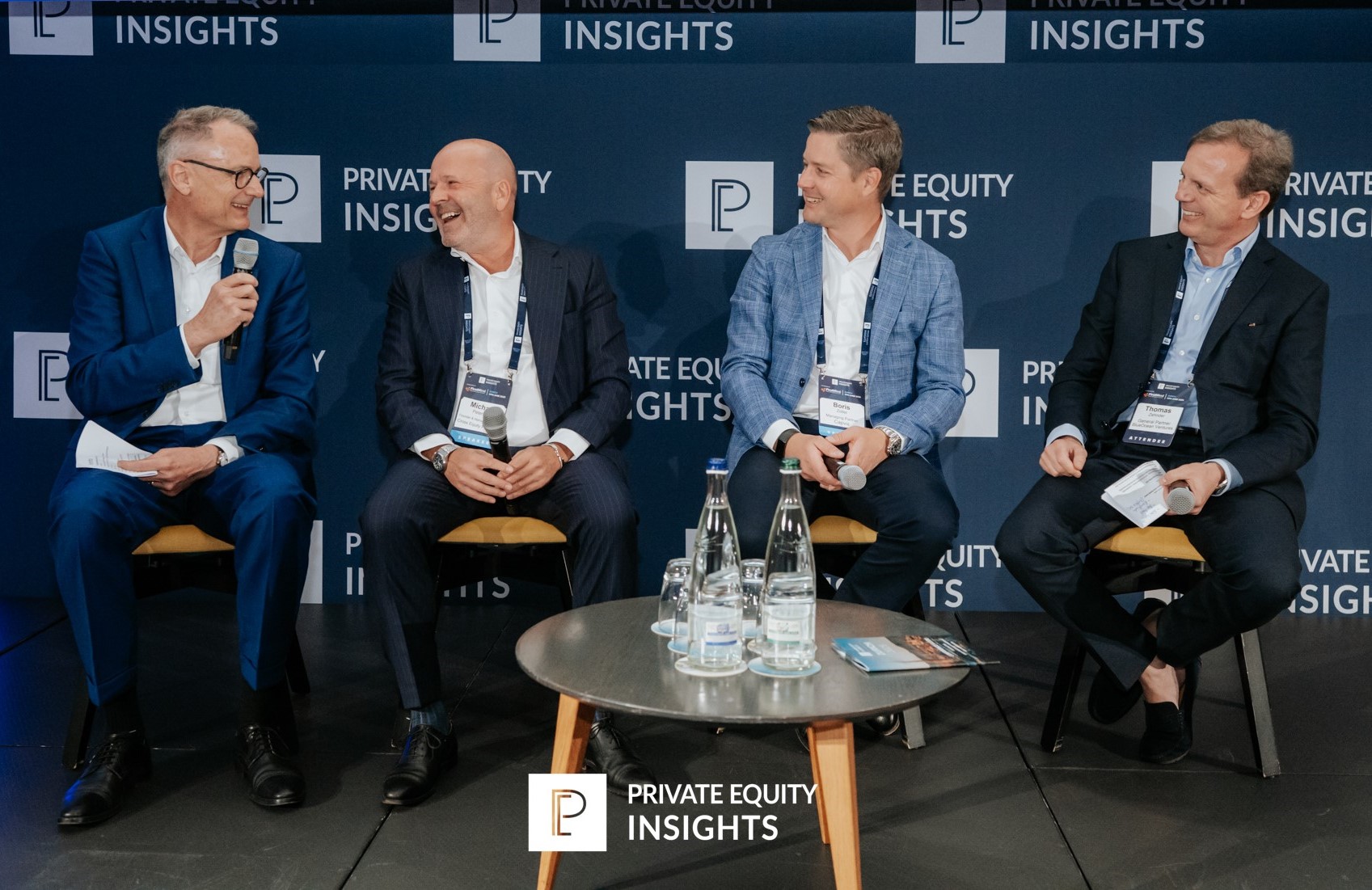
It happens too often. Firms start an ERP implementation. After vendor selection and latest during process requirements definition, they realise that the new system will have a fundamental impact on their operating model. This presents a tough choice. Either the ERP implementation is delayed to first define the new Target Operating Model (TOM), or the system is put in with a sub-optimal organisational set-up. But it doesn’t have to be this way.
A new ERP shifts the underlying economic trade-offs that define the As-Is and the To-Be operating models. When properly implemented the new system should dramatically reduce interface costs in key operational and management processes through automation. Bundling geographically dispersed activities to realise economies of scale becomes feasible in areas like accounts payable and accounts receivable processing, payroll and production planning. At the same time, greater visibility across the organisation enables entirely new ways of managing assets including inventory, cash and purchased equipment through pooling. However, the benefits of a new system are put at risk by not addressing the organisational structure and management process implications up-front.
There is a better way. The Target Operating Model should be addressed up-front, in parallel with the ERP workstream. Management needs to define what the optimal org set-up looks like when an optimal system is in place. Here, the trade-offs between bundling activities to realise scale- or experience-curve economic advantages needs to be balanced against the cost of interfaces created/removed by consolidating like activities. Under-estimation of interface costs is often where a new operating model goes wrong: it may be technically possible to consolidate customer service in India. However, the cost of customer attrition of those who don’t want their service rep half-way around the world needs to be taken into account. Also, the impact of structural changes on clarity of accountability is an important “soft-factor” consideration.
A detailed assessment of As-Is productivity and improvement potential is the foundation for building an ERP business case and understanding the efficiency trade-offs of various structural alternatives. Humatica’s modus analysis tools deliver the required fact-base for weighing the cost and benefits of different org design alternatives and justifying the ERP investment.
The complex trade-offs needed to design a future-proof operating model are best judged by the current management in a sequence of top-down decisions on structures, processes, roles and people. A transparent, structured process will not only drive the best design, but also ensure buy-in, commitment and a deep understanding of the preferred alternative. This minimises second guessing other alternatives afterwards and enables fast-track implementation. Documented clarity on the new operating model, roles, interfaces and processes is also the foundation for clear ERP requirements – thereby de-risking system implementation.
Humatica has supported countless operating model design efforts. As a neutral, third party expert, we ensure a well-structured and fact-based discussion on the new set-up with the existing management team – free of personal ambition and political biases that otherwise cloud the thinking and lead to sub-optimal outcomes.
> Link to the Real Deals HumaticaCorner column

Resilience isn’t a buzzword anymore—it’s the make-or-break factor for portfolio companies navigating today’s volatility. That was the takeaway from the standout panel at the PE…
Read more
Rightsizing an organization is never easy. But, it is a normal process as firms adapt to changing market requirements. More recently, higher interest rates, AI…
Read more
The promise of AI and turbulence introduced by the Trump tariffs have renewed focus on rightsizing and efficiency improvement as levers for value creation and…
Read moreReceive our news and valuable perspectives on organizational effectiveness each month.